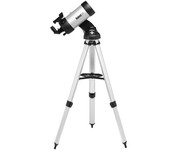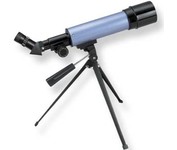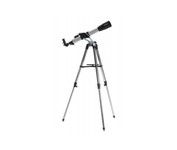Products reviews
Bushnell NorthStar 78-8845 (675 x 114mm) Telescope$325.00 to $440.00
Tags:bushnell, northstar, 78-8845, 675, x, 114mm, telescope, | Carson Optical SkyView SV-350 Telescope$53.00 to $196.00
Tags:carson, optical, skyview, sv-350, telescope, | Meade NG-60 (20200) (233 x 60mm) Telescope$50.00 to $79.00
Tags:meade, ng-60, 20200, 233, x, 60mm, telescope, |
Celestron Omni XLT 127 (300 x 127mm) Telescope
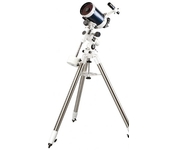
Omni XLT series features the stable platform of the CG-4 mount and high quality optics. Using aspheric shaping technology in conjunction with hand-figuring the optics the Omni XLT presents an image with virtually no spherical abberation. We also added our famous StarBright XLT coating system to further enhance light transmission.Minimize
Celestron PS 60 (175 x 60mm) Telescope
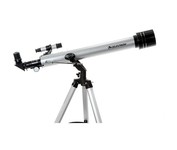
The PowerSeekers come in a choice of refractor or reflector, equatorial or altazimuth mount design. The PowerSeekers come with all coated glass optical components with for enhanced image brightness and clarity. The Newtonian reflectors offer larger aperture and greater light gathering power needed to resolve the faint detail of hundreds of deep-sky and other celestial objects.Minimize
Bushnell Sky Tour 78-9930 Telescope
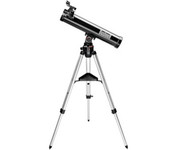
Please do not throw debris into the black hole. Actually, the only rule on this guided trip is that you enjoy the view. The ultimate first telescope, our new Voyager® Sky Tour™ series gives amateur stargazers a pro-grade audio tour of the night sky. Its Illuminated Smart Mount points the way as the talking handset describes constellations and planets, and keeps you engaged with entertaining facts and mythology tidbits. Keeping pace is easy with the LED red dot finderscope. You’re an instant expert with the Sky Tour series.Minimize
Meade ETX-80BB (160 x 80mm) Telescope
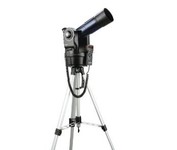
Observe the feather structure of an eagle from 50 yards or study the rings of Saturn from a distance of 800 million miles. Then focus beyond the solar system to the universe of nebulae, remote galaxies and ancient star clusters. It's an adventure of discovery the whole family can enjoy, in the backyard or wherever your travels take you.Minimize
